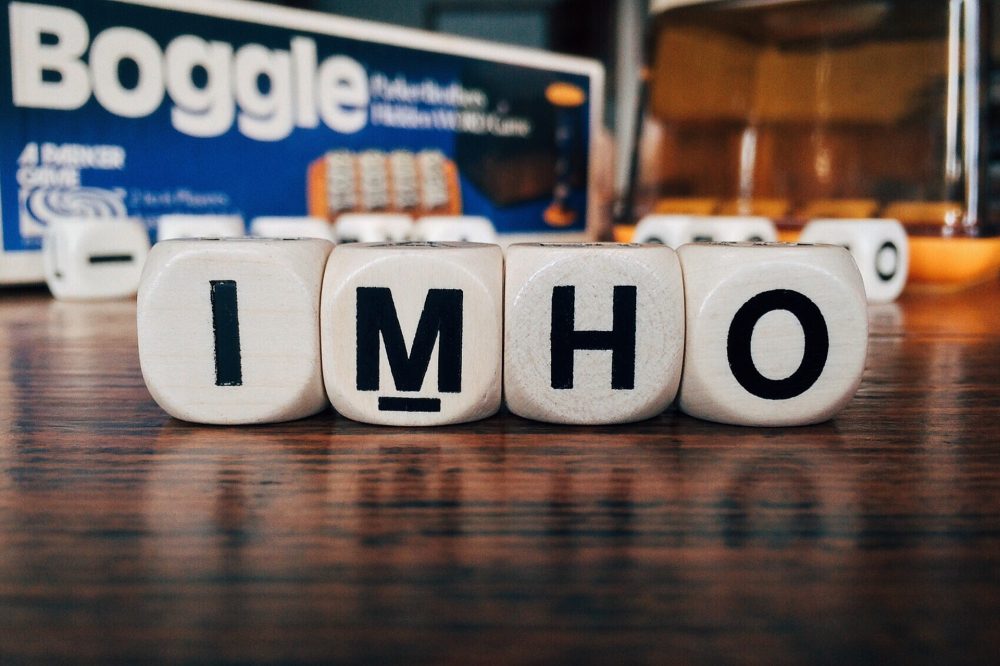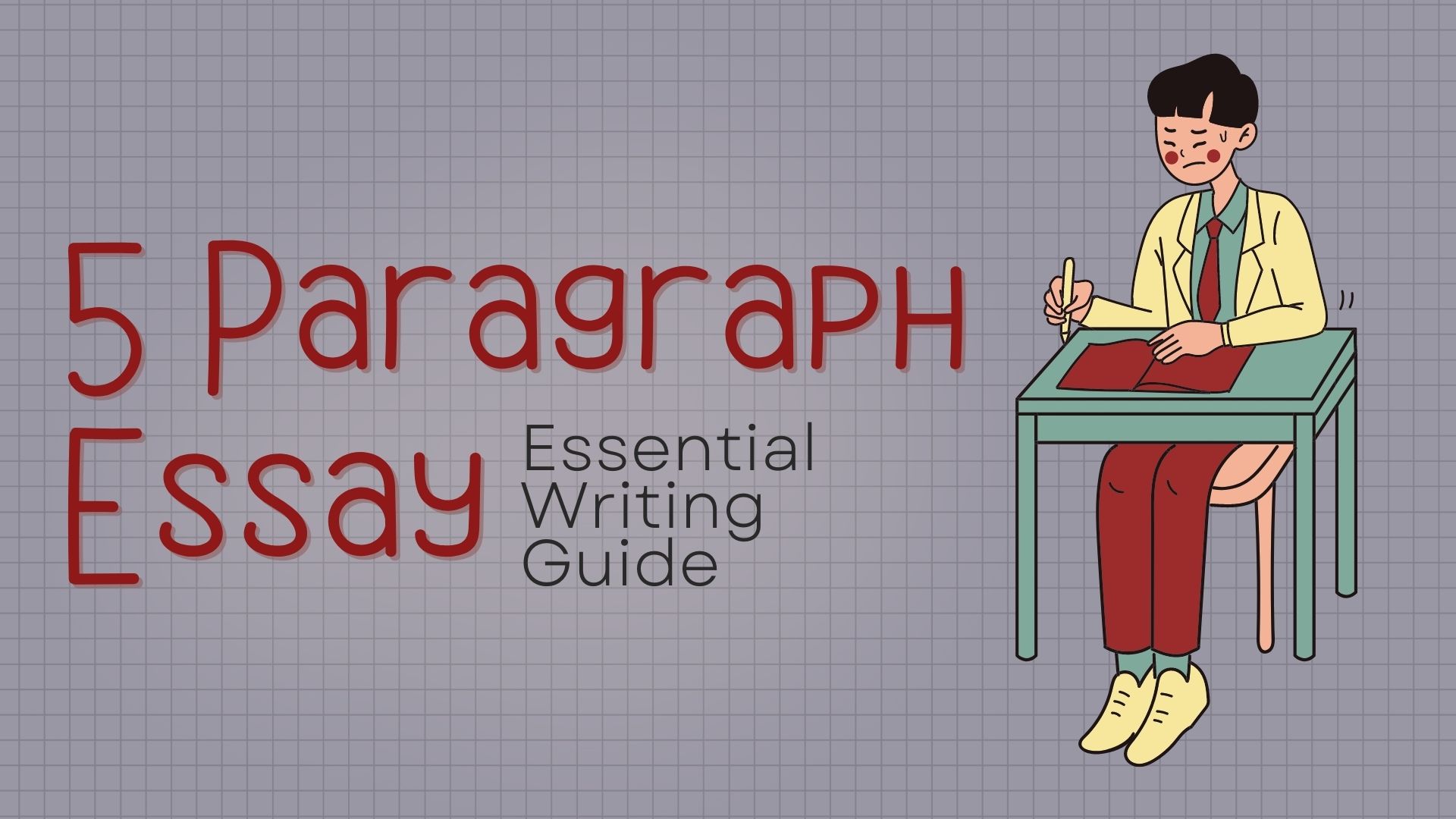Many students want to learn how to write a historiographical essay when pursuing history studies. In simple terms, historiography is a history of history. Some people define historiography as the study of the history writing process.
No single approach is unimpeachable or correct. Regardless of how a scholar treats a subject in an unbiased and fair manner, political pressures and agendas, resources limitations, contemporary academia trends, and inherent critical analysis subjectivity invariably shape the final product.
Essentially, historians can view the same sources but achieve radically different conclusions about their significance and their message about the subject. How people teach and remember history can debunk, legitimate, or influence ideological agendas. Consequently, scholars must evaluate how historians conceptualize research, analyze sources, and present findings to the popular audience or scholarly community. When writing a historiographical paper, a student explores and summarizes historians’ changing interpretations and arguments of a particular historical topic.
This article defines a historiographical essay, its importance, and how to research and write it. If the professor asked you to write historiography, you might wonder what is it and what writing it entails. In that case, this article will be a perfect guide to help you understand it and compose a winning paper.
Table of Contents
What Is A Historiographical Essay?
A historiography paper or essay is a write-up that analyzes how several authors treat a historical issue or topic.
It’s a problem-centered paper rather than a review whose center is a single publication. For instance, a historiography essay about the Jewish resistance can focus on how different authors, including Bauer, Hilberg, and Gutman, define the opposition during the Holocaust. It can also analyze different conclusions regarding the resistance extent and opinions about the effects.
A paper about such a topic can also point to the disagreement and agreement areas. It can also discuss the reasons for the differences and implications for the comprehension of the subject. Educators ask students to write historiographical papers for the following reasons.
- To view historical issues or events from different perspectives by consulting various sources.
- To display their mastery over the sources, the event, and the issue.
- To develop critical reading skills while answering why the sources agree or disagree with the others and what this reveals about the issue or event and the history’s nature.
While there’s no single organization or format for a historiographical paper, the write-up should have an introduction, the body, and a conclusion.
Historiographical Essay Outline
Writing a historiography starts with selecting topics if the educator didn’t assign you a specific issue or event. Remember, your title should be interesting, narrow, and relevant. Once you’ve chosen a title for your paper, research it extensively to gather vital information for your essay. After that, organize your essay according to this outline or structure.
- Introduction: Start the essay by briefly introducing your sources and articulating or elaborating on your topic. Also, include a historiography thesis statement that presents the event or issue at stake. Briefly state the authors’ perspectives and main points of agreement or disagreement.
- Body: Elaborate and develop the authors’ perspectives and main points of agreement and disagreement. Each of your main points can have its paragraph with juxtaposing quotes. Subject the main points to careful analysis. While doing this, ask yourself why the authors of different sources disagree. Is the disagreement due to professional or personal rivalry, national affiliation, or ideological incompatibility? Readers should find answers to such questions in your historiography.
- Conclusion: Summarize the findings in the finale while assessing various sources’ credibility. Also, specify the most compelling sources and why. Your ending can also provide the brief insights you’ve gained into the issue or event at stake, your information sources, and history’s nature.
These are the main sections of a historiography paper. However, research is vital because it enables you to gather adequate data and write an informative historiographic essay.
How To Write A Historiography Paper Step by Step
Maybe the educator has assigned you a historiography paper. Perhaps, you want to know how to write a historiography essay before working on the assignment. In that case, following these steps will help you write a winning paper.
- Select and narrow your historical topic
Select something interesting for your paper if the professor didn’t assign you a specific topic. Avoid a general issue and narrow the discussion. If you’re having difficulties choosing what to write about, consider the following historiographical essay topics.- How historians detect historical excavation sites
- What you should do when investigating cultural heritage
- Earth’s history from formation to contemporary times
- The Soviet internment camps during the Stalin Era
- Historical facts classification
- The Japanese Americans’ fate during WWII
- Mongolian assistance to the Soviet Union during the WWII
- Analyzing historical research and its primary analysis areas
- The definition of a country’s sovereignty during the 19th century
- The Pamela Parsons activity in the 70s
- Describing historical thinking in India’s colonial era
- Defining a historical fact
- Weber’s approach to the causation problem
- Foucault meaning by biopower
- Describing Edward Said’s reception by historians
- The value of political history
- The importance of non-western world history in shaping Western historiography
- The importance of material and visual culture in history writing
- Neuroscience can help humans write better history
- Should historians depend on literary sources only?
Professors can ask students to write about any of these topics. However, take enough time to research your issue before writing the paper.
- Research your Topic
After selecting a topic, research it extensively before writing your essay. In this step, focus on analyzing how different authors view the issue. That means you must examine their arguments or opinions. You can look for credible information sources in your college or university library. Also, consult textbooks, databases, and websites.Don’t forget to record every source for purposes of writing the bibliography. Your essay must cite all information sources appropriately to sound credible to the readers. - Analyze information
Read information from reliable sources and analyze it critically. Ask questions and write notes while reading. Also, look for standard and differing arguments, opinions, or themes between sources.Analyzing information requires deep reading to understand various texts and make the necessary connections. After careful information analysis, you can write a high-quality historiographical paper. - Organize your paper
Organize ideas using an outline after reading and noting down your sources, and perhaps, outlining before writing is the best tip on how to write a historiography paper. Your essay should have a straightforward format. Decide where the information you’ve gathered during the research will go. Also, choose the examples or quotes to include in the paper to elaborate or expound on the main points. - Draft the essay
After deciding on the plan, start writing your paper. Remember, you don’t have to start with the introduction if you don’t have a killer opening. You can start with a thesis statement. The purpose of a draft is to put your ideas down, not perfection.- When writing the main points, you do it in different ways. For instance:
- You can report authors chronologically, tracing changes in their field over time.
- You can discuss various schools of thought about the topic and discuss them separately.
- You can integrate historiography and address the previous historians’ work and their relationship with your analysis.
- Proofread and edit
Once you’ve written the draft, strengthen your essay by revising and editing it. Check your write-up for all types of errors, including grammatical, factual, and typos. Does this paper still feel too challenging to write? If yes, don’t worry because the next section has tips and tricks to guide you further.
Historiographical Essay Example
Looking at historiographical essay examples can help you out in understanding what you have to do. Here is a historiographical essay sample that might prove helpful in your task.
Commodus in the Guise of Hercules is a marble portrait statue. The striking resemblance of the figure is notable as it is a representation of both Commodus and Hercules. By documenting key expressions, symbols and emblems it is clear that there are a variety of levels that these two characters are compared in Commodus in the Guise of Hercules. In this analysis, the key elements of physical, social and historical significance will be evaluated. Further, the documentation of literary and scholarly note can be established in order to define the relation between a historical leader Commodus and his counterpart Hercules.
The statue creates an awareness of Commodus not being a godly creature. Sculptures were created in order to identify Commodus as having a connection to Hercules. The later revelation that he was actually an incarnation of Hercules solidifies the understanding of this character as an epiphany. The vanity that is expressed throughout this story shows that the emperor was willing to dress up like a god despite the social unacceptability of this at the time. The Roman society at the time demonstrated this type of behavior as not fashionable based on their ideals and virtues
The symbolic understanding and meaning of the sculpture is multidimensional. The zodiac involves the Capricorn, Taurus and Scorpio throughout the globe of the statue. The interpretation as well as debating has contributed significantly towards the image. There are symbols that create multidimensional meaning throughout the context. The sculpture also features Romulus, Augustus and Commodus, further depicting the core players within the literature.
The structure of Commodus in the Guise of Hercules has been demonstrated throughout the study. Based on the idea that Commodus is the loving ruler of war, there are key historical points presented throughout the piece. As Roman expansion was a key priority for Commodus, studies have shown the extent to which he was able to maintain the process. Other details of the story are presented in multiple forms such as the belief that he was the Conqueror of the World. Numerous statues have been selected to create and celebrate lasting change.
Lucius Aurelius Commodus, as known by the Roman Empire was infamous for his cruelty. By documenting his life there are clear strategies for how this Emperor was able to establish change throughout the empire. The accentuating standards of the character shows that there are spectacular aspects of his leadership that can transcend time. The misadventures of this character in addition to the personal qualities have contributed to this lasting reputation. The background of Commodus is unique because of the violence experienced by numerous historic standards of operation. Divine elements of these stories define the valuable standards for leadership and authority within the Roman Empire. These trends were documented throughout the explanation of Commodus. Numerous forms of evidence exist to establish the memory of this figure while touching on sociological tenants that have taken place in numerous modalities.
Propagating power is a theme that appears throughout the life of Commodus. Divine ancestry as well as the close correlation between Hercules and other mythological figures. Historically, it has been seen throughout the Roman Empire that emperors are interested in naming Hercules as the symbol of gladiators. Vanity in addition to larger issues of coins being depicted suggests that Hercules can be raised to a great degree. The zodiac symbol as well as alternative interpretation of these stories has contributed to the mystery and universal acknowledgement of this character. Hercules was considered a preferred model for several reasons. These had to do mostly with the characteristics of leadership, warfare as well as divine fusion with god like characters.
The sculpture shows Commodus dressed in lion skins and a club in the hand, sure signs of the herculean image he wanted to promote, showing himself not as a godly creature but a God itself, it was common between Roman Emperors to be addressed as godly creatures but Commodus was in a higher position as his vanity allows him. A God between mortals might be the origin of the sculpture. It is also said that he forced the Roman senate to officially acknowledge he was a God. He loved the war and for that reason he maintained a large army and always pushing the Roman expansion obsessed with it. Besides of his “God” title, he also empowered himself with many other titles such as Conqueror of the World, All-Sur-passer and Roman Hercules. Is right for that last title, that Roman Hercules title that inspired the creation of the sculpture.
In his time there was lots of statues build in his name in order to celebrate his name either willingly or by force. It is this kind of life the way he went through his life as a Roman Emperor that created a culture of cultic from the people of the empire during his life and even greater after his dead, people massively following him as a godly creature, a God itself, a cruel Emperor, either by their own choice because of the love, or the fear, or the faith, or perhaps by force in many of his celebrations. All of that shows how Commodus had affection for his own and how high he thought about himself even trespassing the boundaries of madness. In his stories we can find a lot of mad behavior, meanness and brutality in his commands and actions, all of that while researching in his misadventures, the most spectacular stories about him. Many authors cite historians and contemporaries of Commodus mentioning him as a violent ruler, full of terror stories such as he loved to kill innocent people in a slaughter, or the way he mixed expensive food with human excrements as part of his mad cruel life.
Generations of Roman Emperors believe in his divine ancestry and used Hercules elements in their portraits and sometimes only to save themselves they came up with an excuse that they just were using a symbol of gladiators. But Commodus vanity was further far ahead he even issued coins with him depicting as Hercules, such a high level of comparison he even renamed the months after Hercules. Yet the symbols depicted in his statues represents sarcophagi symbols as if he was saying he was immortal. Well many historic accounts are not to be believe as a hundred per cent of truth, hardly we can validate this stories as a sure fact, some other historiographers represent Commodus as a nice and even divine man, making its counterpart with all the previous narrative.
Commodus in the Guise of Hercules creates a multidimensional and critical aspect of artistic endeavors. The Sculpture promotes ideals within the Roman Empire as well as the essential aspects of lasting rule. Caracalla defined himself as a military force and was often characterized by a strong sense of fortitude. Stories of his character involved masculine traits and a general confidence that yielded positive benefits. Divine rights as well as ruler ship throughout the Roman Empire have contributed to these aspects of strength, courage and power. The power that is shown through specific symbols such as the loincloth, and baton are symbolic not only of the leadership but also of the strategic victories and success experienced.
Critical standpoints as well as the artistic elements that underlie this piece are unique because of historical and artistic significance. The study of Commodus as Hercules is powerful and can yield useful patterns for the application of character development to sculpting. The extravagance and continued social acceptance of the sculpture itself shows how vanity and the popular themes of the time were encapsulated. A divine right for ruler ship is also thematic in this sculpture. While the facial expressions and the integral postures of the figures are revealing, there are numerous details that illustrate key dimensions of the mythological stories surrounding Commodus. The artistic representations found in the piece are unique because of the historical significance of Commodus and his leadership. Because of unpopularity and notoriety for his selfish tendencies, the social acceptance of this piece is unique and shows that there was a special exception made for this individual.
In-depth analysis has contributed greatly to the development of Commodus stories in Roman life. Childhood events and his experiences have contributed towards changes in the nature of his life. Further there are personal aspects of the personal image that Commodus had throughout his career. Not only is this documented through stories as well as literary forms of publication, but further in the archaeology of ancient Rome. The personal identity of Commodus is discerned throughout the literature and has been widely debated. The similarities to ancient warfare as well as contextual examples about his life are numerous; it is possible for a wide variety of conclusions to be drawn about how he is portrayed in the Commodus in the Guise of Hercules. Because of the exuberance that Commodus has demonstrated in his life it is clear that there are strategies from his leadership encapsulated in the statute.
These elements as well as characteristic wardrobe and attire show that he was a leader and also representative of the excellence from his time period. There are significant aspects of both rulers that can be seen in the piece. By envisioning the most successful attributes of both, the sculpture has preserved an ideal depiction that is rare for its time. It also creates a profound system for articulating social and cultural needs. Throughout these strategies it is clear that there are numerous and documented examples of power and progress in terms of the characteristic symbol of masculinity. These are themes that can be interpreted from the crossover between Herculues and Commodus. Nobility and the ideals of warfare are characterized in addition to successes through battle. The depiction of an Amazonian woman is one that yields this to a great degree.
The structural elements that are incorporated within the statue are multidimensional and represent characteristic of history as well as mythology. As a symbol of strength and earthly labors, there are few representations that are crossed over with political figures or leaders. The marble portrait envisions famous elements of Hercules’ life and accomplishments. Symbols are careful representations of the golden apple and other descriptors of Hercules throughout history. With the influence of astrology in this piece the representation of human condition merged with historical significance affects viewers greatly. It creates an impression of culture that not only relates to humanity, but also portrays the powerful characteristics that resemble god like authority. The complete assimilation of these themes is present throughout the statue and creates an effective system that represents both Hercules and Commodus.
Overall it is possible to establish several key themes in the propagation of Roman and Greek culture. With the characteristics of Hercules within the statue, it is possible for the Greek symbols of power and progress to be translated. The conversion into Roman culture is effective and results in valuable interpretations amongst sociologists and historians. Meanwhile, the stoic representation of Commodus within the piece is demonstrative of effective techniques and methods of incorporation between the two cultures. Further research on the significance of classical and contemporary art would benefit from this piece because of the culmination of both Greek and Roman stories.
Experts Advice On Historiographical Essays
Historiography should help you understand the treatment your topic has received from historians. The following tips, from a professional research paper helper, should help you achieve the purpose of your essay.
- Focus on critiquing, evaluating, and summarizing how historians have debated, discussed, and approached your topic over time.
- Read an excellent historiographical essay example before writing yours to familiarize yourself with this paper’s format.
- Show the readers how various authors’ perspectives differ.
- Evaluate and summarize the current historical knowledge state about the subject.
- Summarize your evidence in conclusion and describe its significance.
- Identify and explain patterns in various sources.
- Examine every interpretation’s plausibility in your essay
The educator expects you to investigate multiple sources of information about a historical issue or event from different perspectives. And you accomplish this by summarizing, critiquing, and evaluating each author’s work. Perhaps, you can read this example historiography to understand what the educator expects from you.
Get Professional Essay Writing Help
Perhaps, you’re stuck with a historiography paper writing assignment. Maybe you’ve realized that you don’t have sufficient time to research and analyze information from different sources before writing your essay. In that case, our essay writers can help you. We’re an online professional team of native ENL speakers ready to write your paper. Once you contact us seeking help with your writing, we will select the most knowledgeable and experienced writer to work on it.
Our expert will develop a custom essay that will compel the educator to assign you the best grade in your class. After that, we will run the paper through a sophisticated plagiarism checker. An essay editor will also edit your essay before delivery.
Our pros can start working on your paper at any time. And you can order your paper right now or start a conversation saying, “please write my essay?” Call us for help with your assignment from respected, educated, and trustworthy writers. We guarantee you a quality paper that will earn you the best grade in your class or school.





















